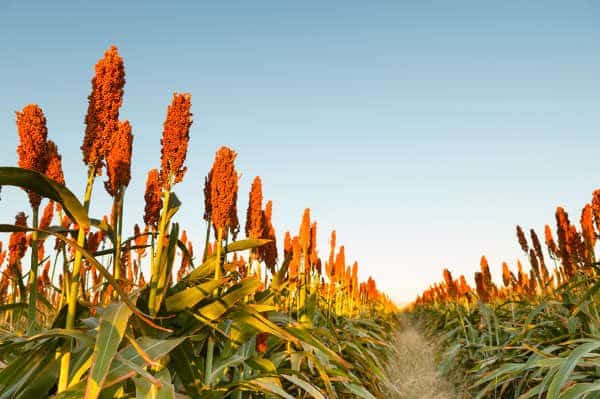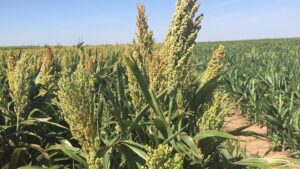Wild sorghum will soon provide a reservoir for resistance genes against Striga. A research team lead by Dr. Steven Runo of the Plant Transformation Laboratory (PTL) at Kenyatta University and Professor Michael Timko of University of Virginia has identified three wild sorghum accessions resistant to Striga hermonthica (witchweed), a parasitic plant devastating cereal production in Sub-Saharan Africa.
Striga is a growing pandemic in Africa and Asia, with the ability to destroy a crop with up to a 100 percent yield loss. Today, 300 million farmers from over 25 countries in Sub-Saharan Africa incur losses in excess of US $7 billion annually due to Striga infestation. Covering over 100 million hectares, the weed has particularly established host in key regional staple crops maize, sorghum, millet, and upland rice, greatly undermining the efforts to attain food security and economic growth.
“Witchweed literally sucks the life out of its host by siphoning out water and nutrients,” says Dr. Runo. “What remains is a stunted, discolored host and inevitable death of the entire crop.”
“In a regional collaborative research published in Frontiers in Plant Science, the team report having found potential sources of mechanical and biochemical barriers to Striga infection that could be employed in genetic improvement of cultivated sorghum. Wild sorghum immune to Striga infestation coexists with the parasite in uncultivated lands in northeastern Africa,” explains Dr. Runo. “This potential offers an opportunity to pinpoint key resistance genes in wild sorghum that can be stacked in farmer-preferred varieties.”
This study provides a potential to increase the genetic basis of cultivated sorghum with wide-reaching implications for Striga control in other cereal crops by pyramiding multiple resistance genes.
Source: Crop Biotech











